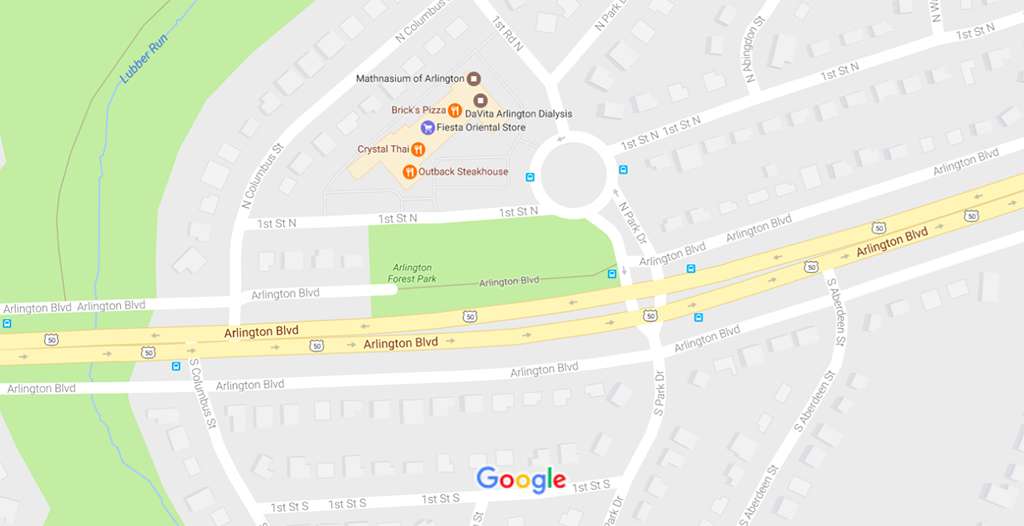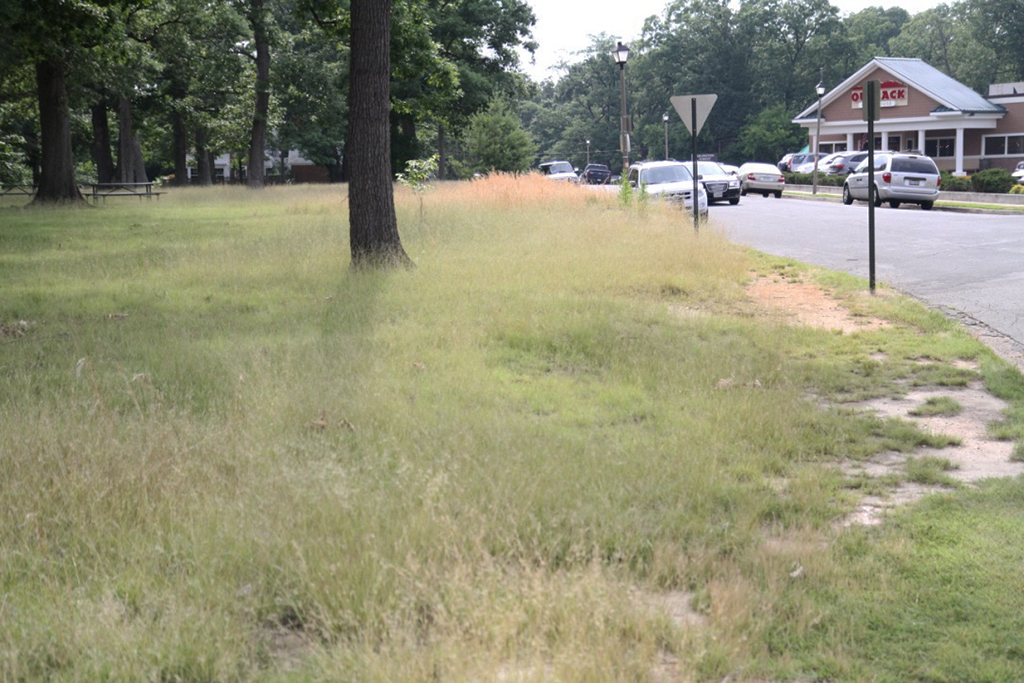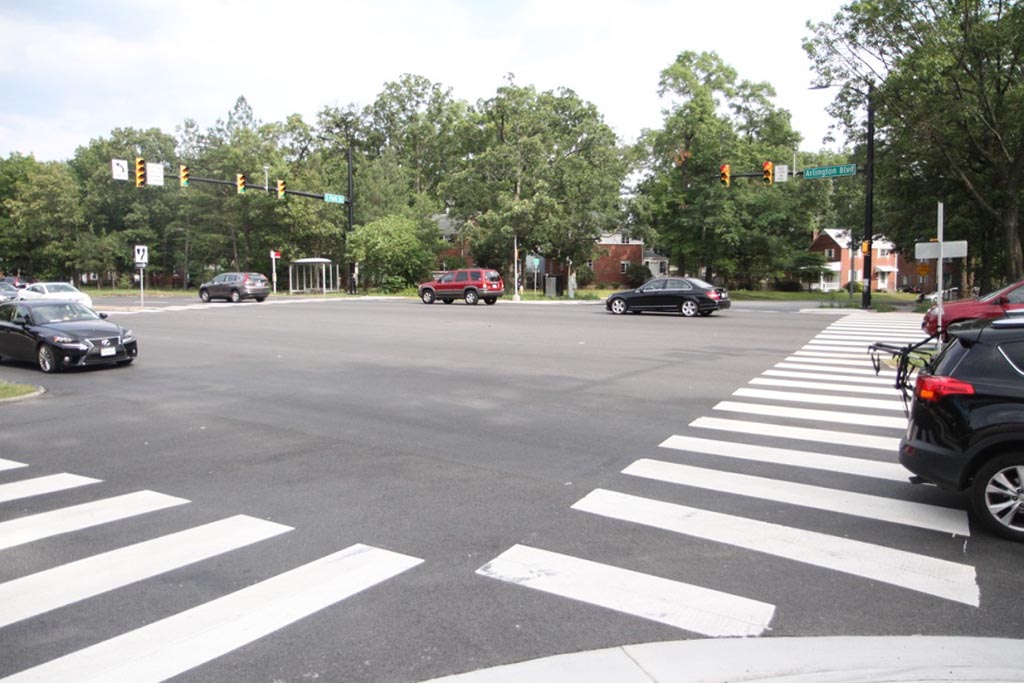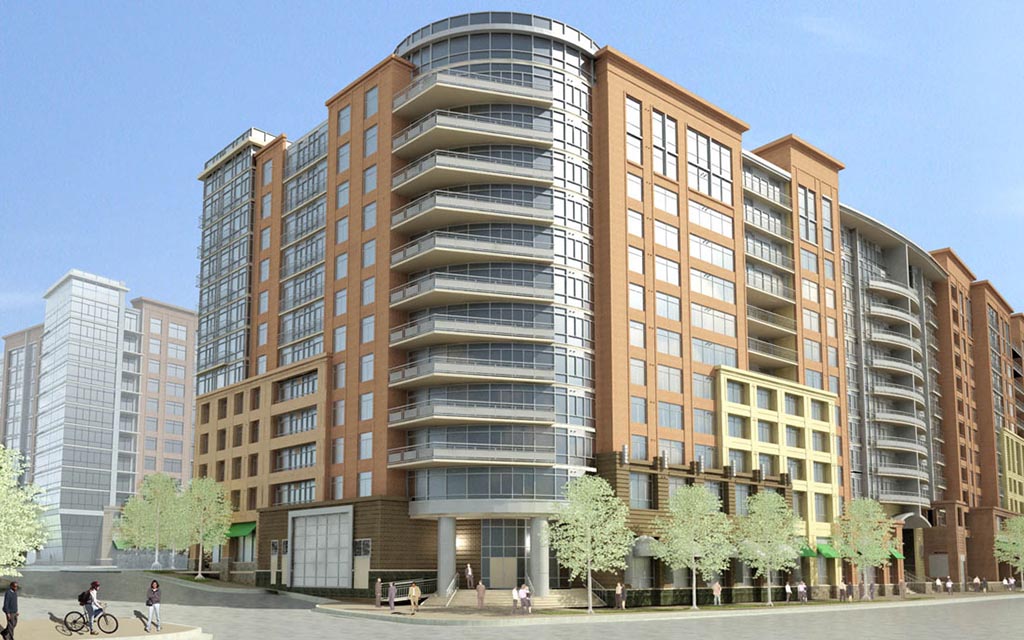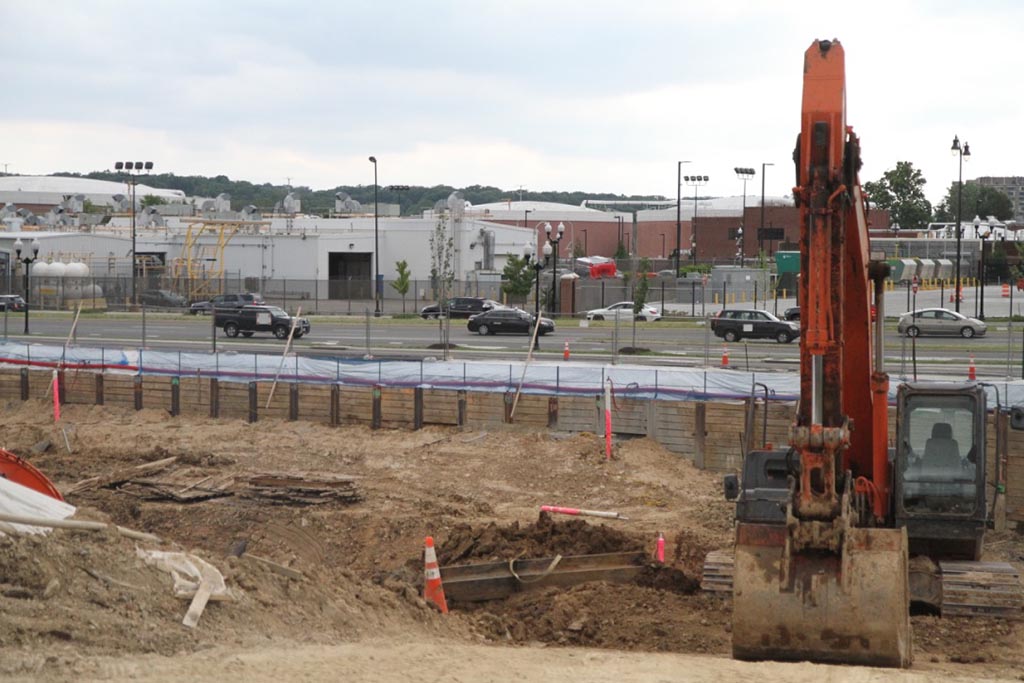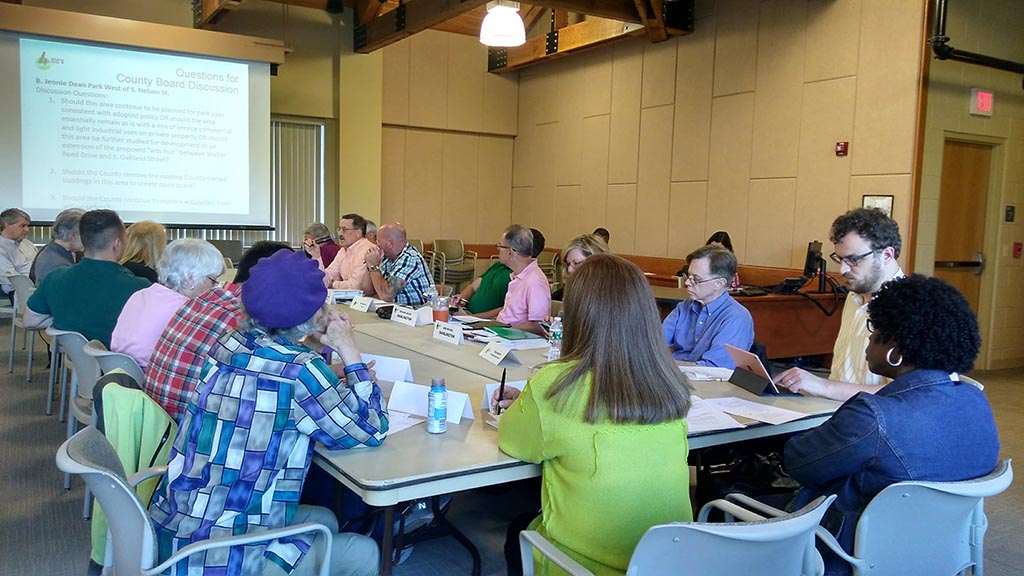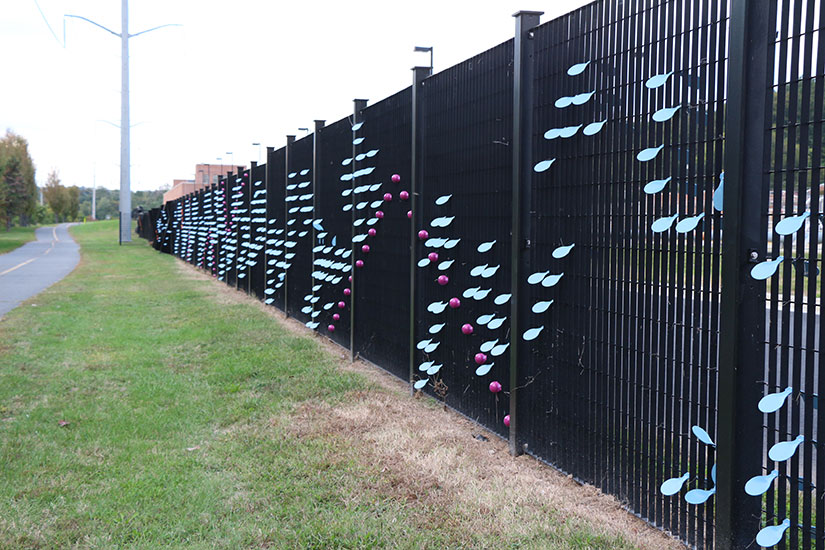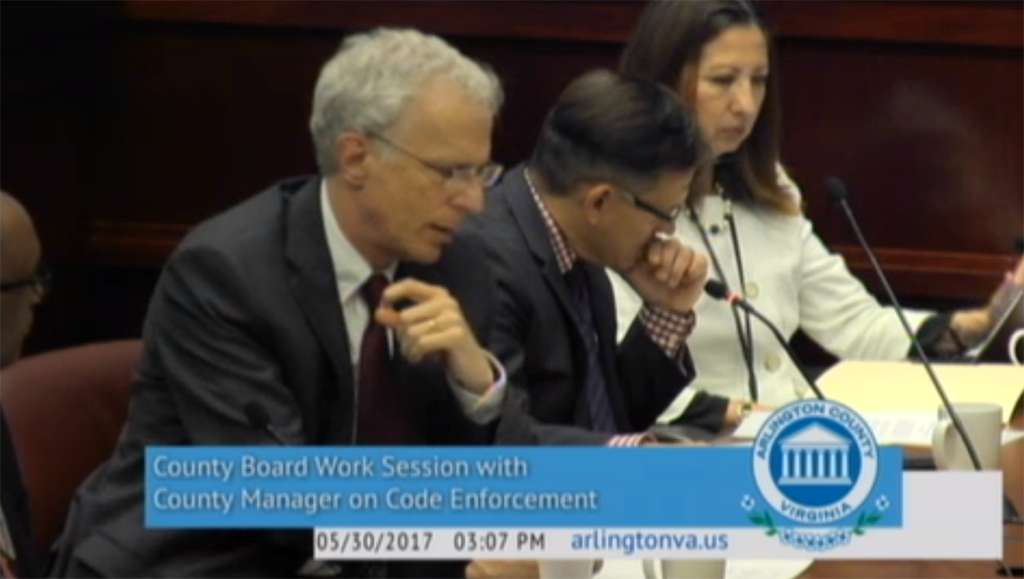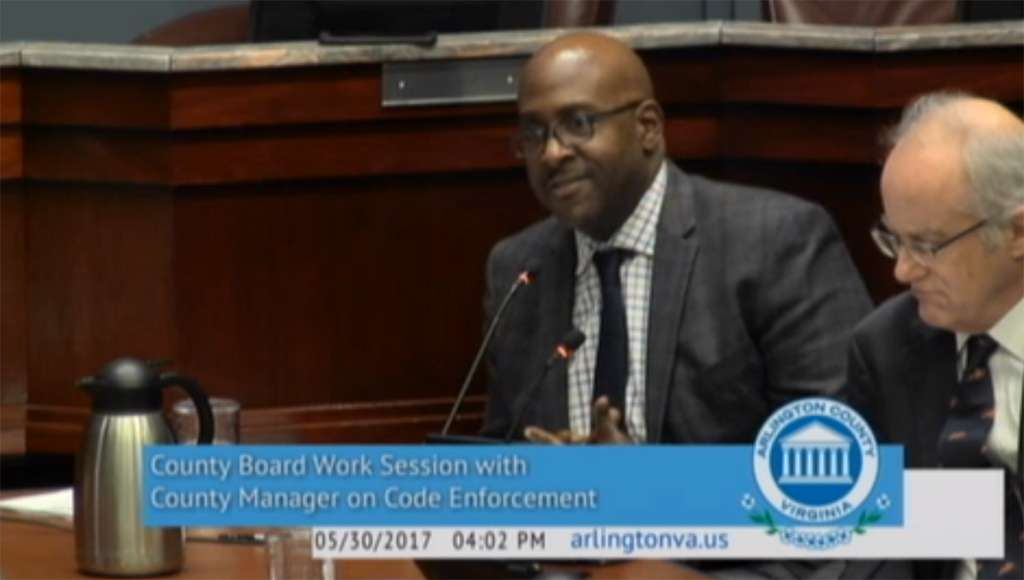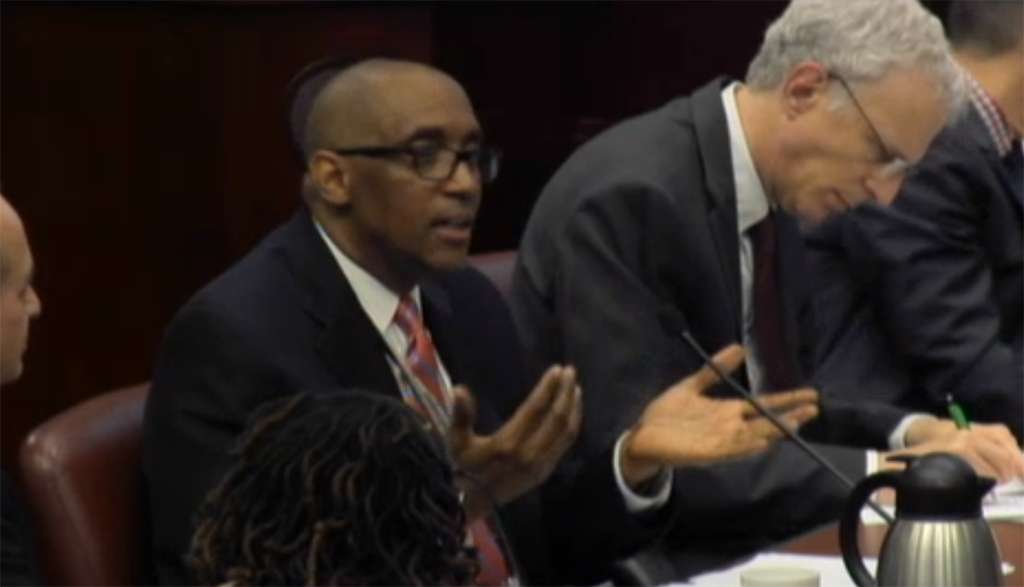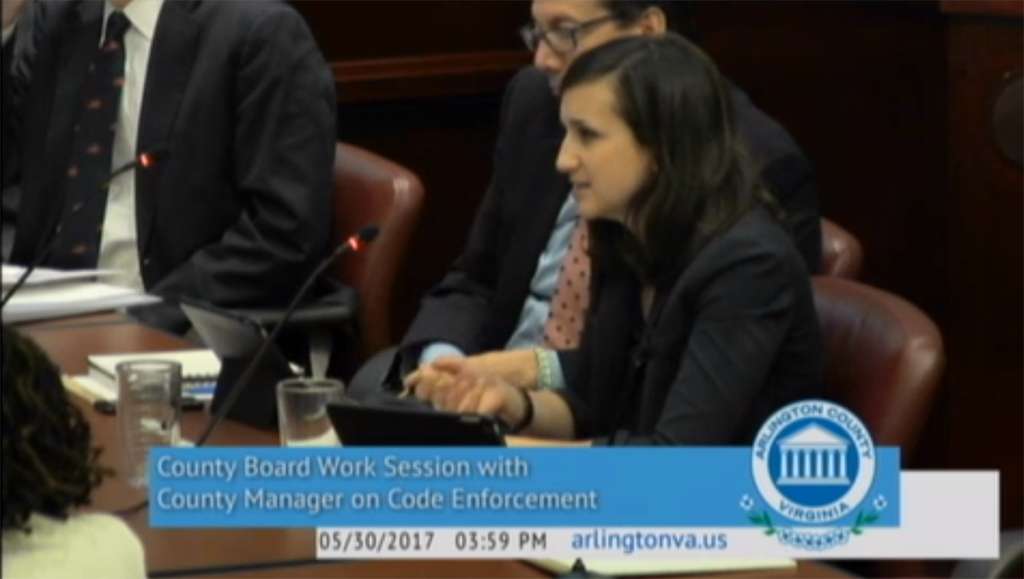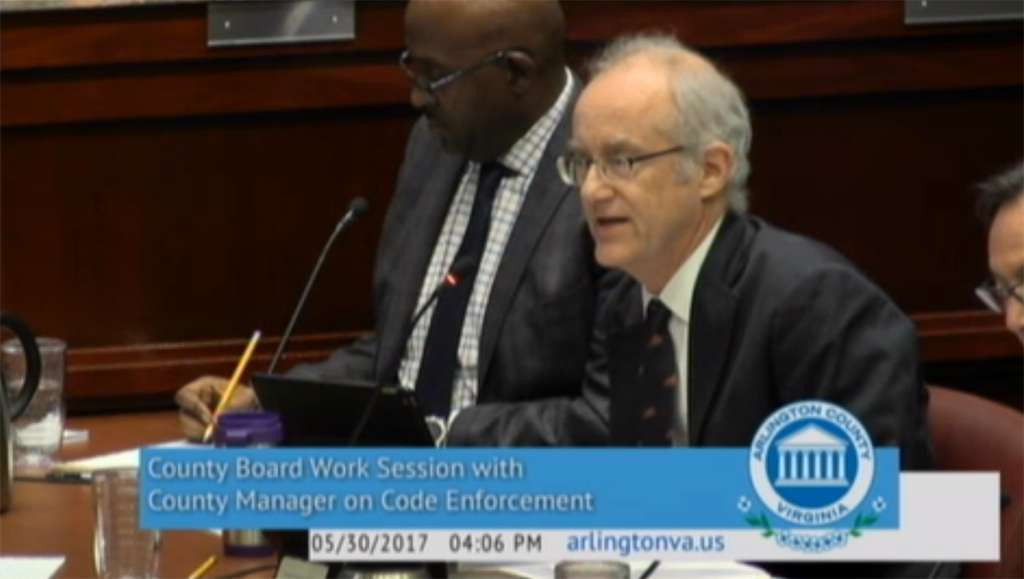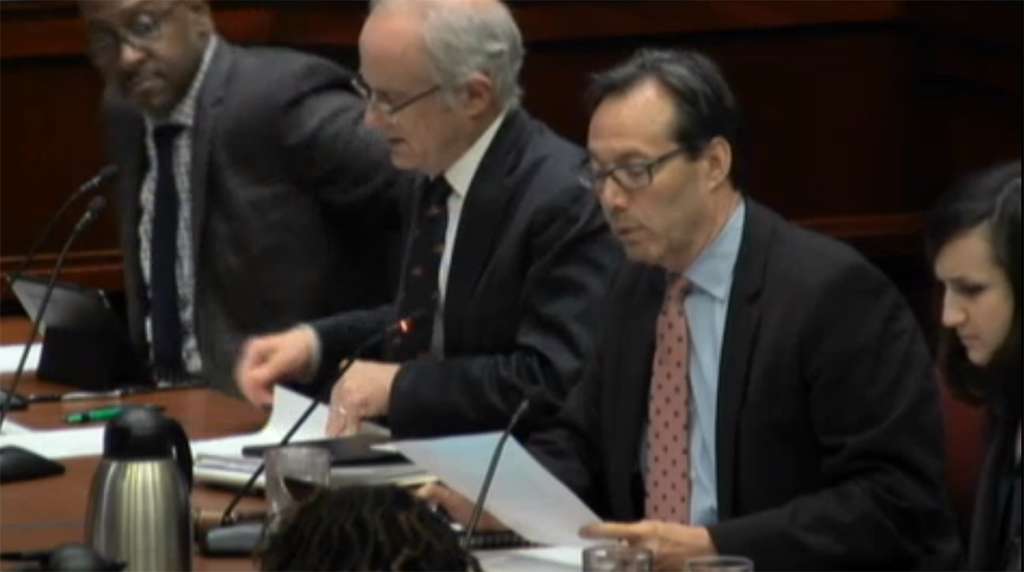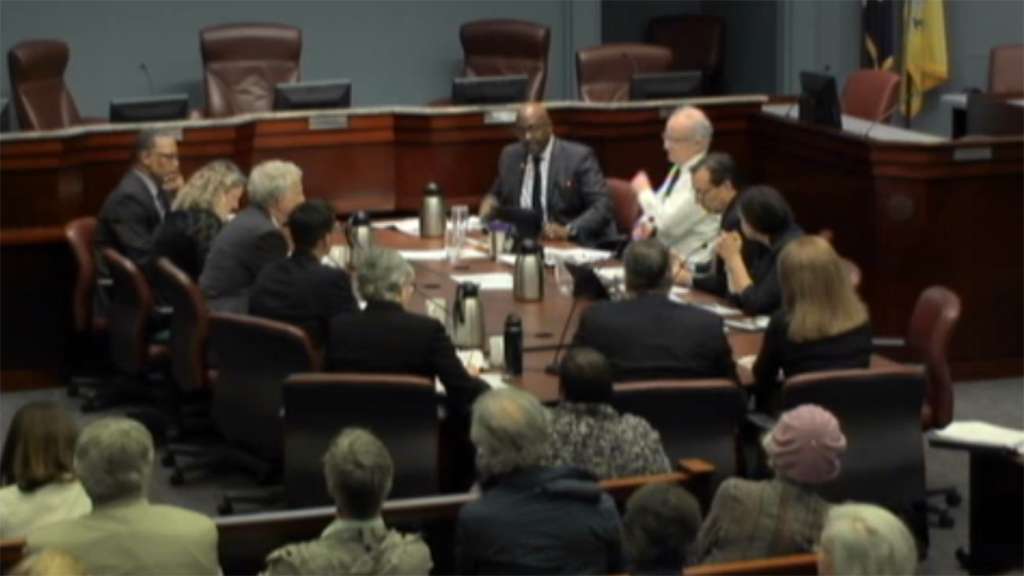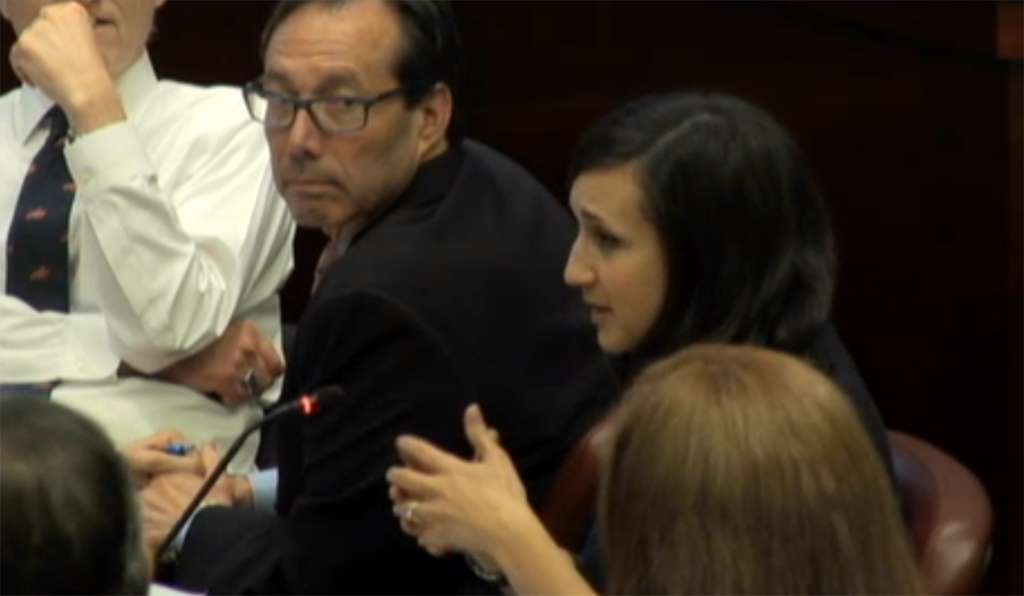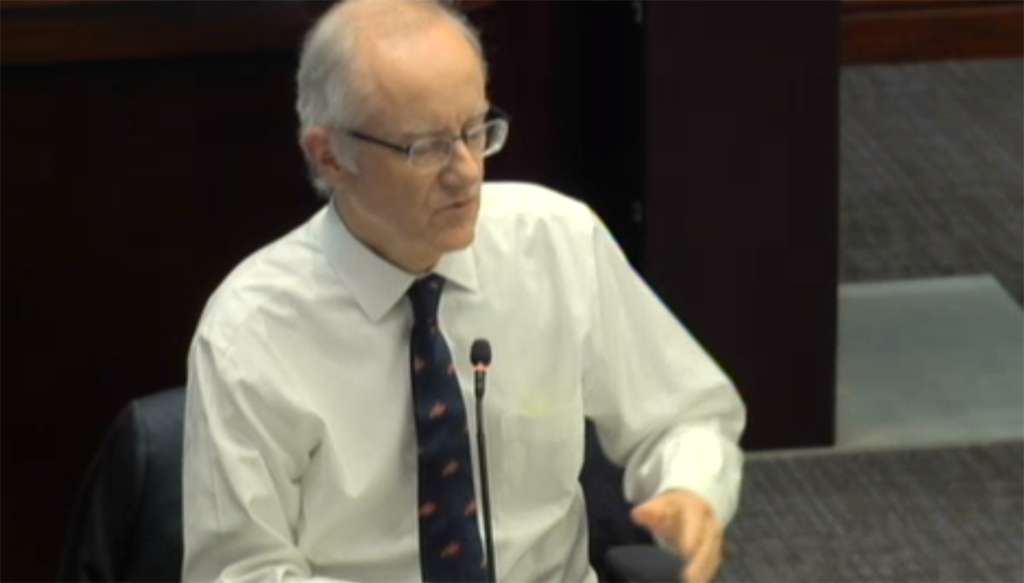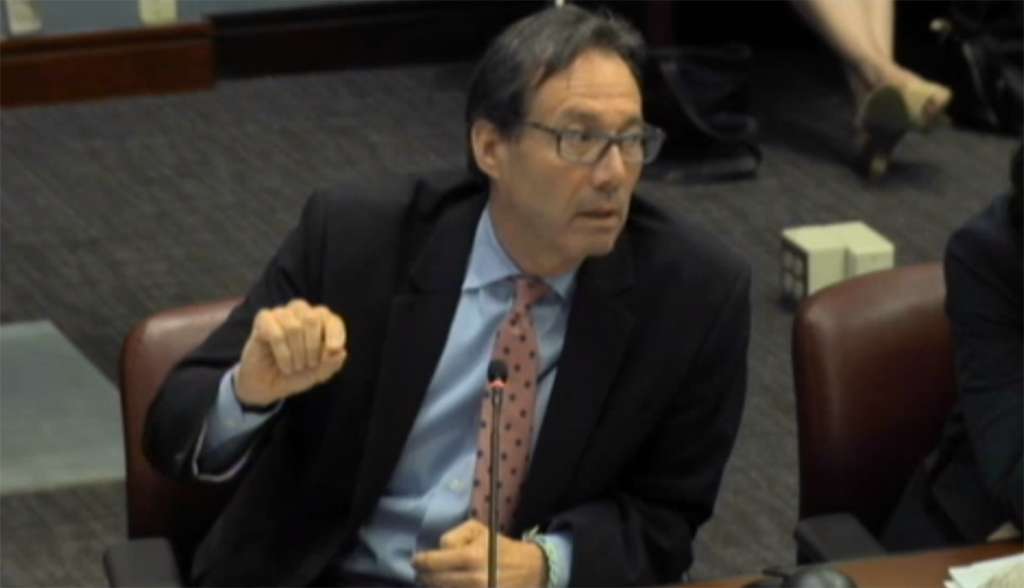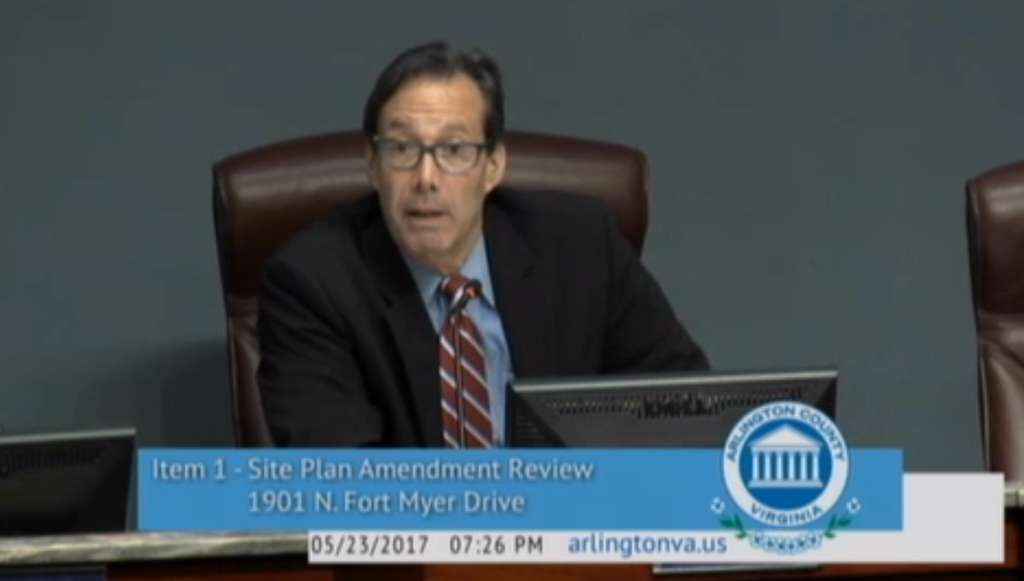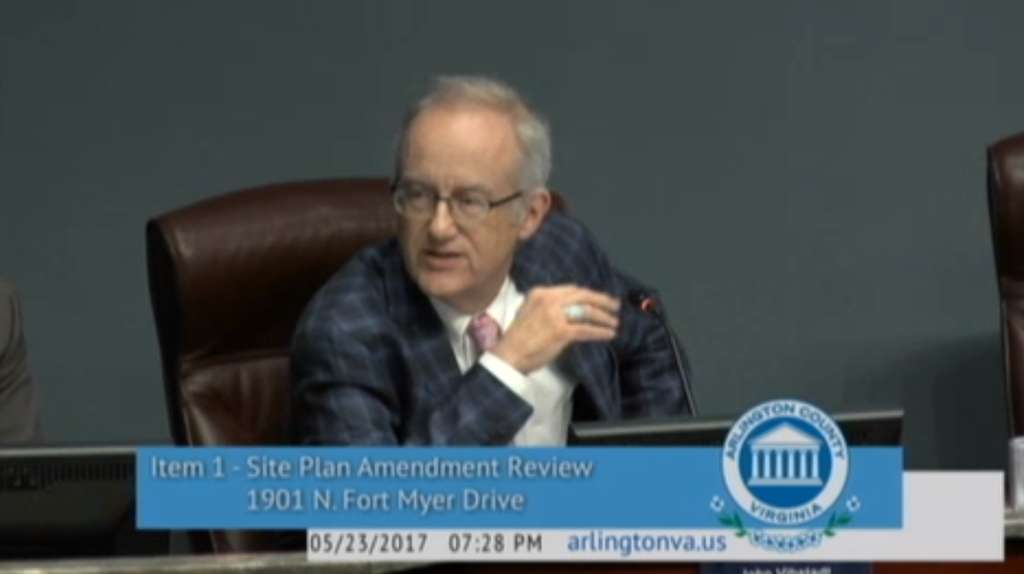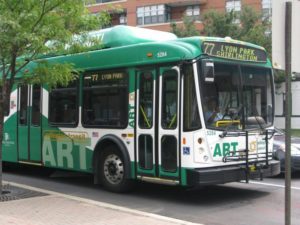 County residents will see their electricity and gas bills rise slightly as of July, while next month fares will increase on both Arlington Transit and Specialized Transportation for Arlington Residents.
County residents will see their electricity and gas bills rise slightly as of July, while next month fares will increase on both Arlington Transit and Specialized Transportation for Arlington Residents.
And the County Board denied a request that the Education Center and adjacent planetarium be designated as a historic district, so that Arlington Public Schools can continue to keep the site as a contender for a fourth high school.
ART and STAR Fares To Go Up
Fares on ART and STAR will go up on June 25 to keep up with similar hikes for Metrobus and MetroAccess.
The ART adult bus fare will rise from $1.75 to $2 and the ART discount fare for seniors, students and people with disabilities goes from 85 cents to $1.
Local STAR trips will increase in cost from $3.50 to $4, while trips inside the Capital Beltway and trips beyond increase 50 cents each, from $5 to $5.50 and from $9 to $9.50, respectively.
ART’s iRide program offering discounts for teens would be extended to elementary school students, while the program allowing free use of ART by personal care attendants accompanying MetroAccess-certified riders would also be extended.
Board members said they have heard several complaints about the cleanliness and reliability of buses in the county, and urged transportation staff to keep on top of any problems. Board member Christian Dorsey, who also represents Arlington on Metro’s Board of Directors, drew a comparison between STAR and MetroAccess.
“I do think it’s essential with STAR that Arlington not accept the mediocrity that Metro has dealt with with MetroAccess,” he said. “It was once considered a shining star in the paratransit world, it needs to continue to do so.”
Education Center Historic District Denied
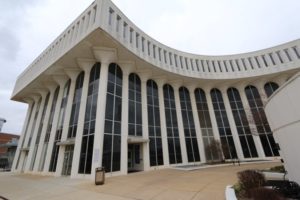 The Board voted to deny designating the Education Center and the adjacent David M. Brown Planetarium at 1426 N. Quincy Street as a historic district, in agreement with staff’s recommendation.
The Board voted to deny designating the Education Center and the adjacent David M. Brown Planetarium at 1426 N. Quincy Street as a historic district, in agreement with staff’s recommendation.
The center is one of three remaining options for the county’s next public high school not counting a new option involving the center, floated by superintendent Patrick Murphy.
County Board member John Vihstadt said that while he appreciates the 1960s-era architecture, Arlington Public Schools should not have its options cut down when it faces capacity issues.
The board asked staff to work with their APS counterparts to look at possible adaptive reuses of buildings built in the “New Formalist” style, which the center is an example of.
“The school system, I believe, needs certainty and clarity now,” Vihstadt said. “If we defer, it leaves a cloud over the building, it leaves doubt, it leaves conjecture. If we recommend designation, it potentially hamstrings APS as to cost, as to timeframe, as to process.”
Gas and Electricity Bills Set For Slight Hike
Residents will see a slight uptick in their gas and electricity bills, a plan county staff said will generate more than $650,000.
The electricity tax rate will increase to $0.005115 per kilowatt-hour (kWh) from $0.00341 per kWh, with the first 400 kWh per month excluded from taxation. The natural gas tax rate will increase to $0.045 per 100 cubic feet (CCF) from $0.030 per CCF, with the first 20 CCF per month excluded from taxation. The hike will be most keenly felt by those residents who use a lot gas and electricity.
A staff report on the plan notes that Arlington’s would still be among the lowest utility tax rates in Northern Virginia.
From the extra revenue, factored into the FY 2018 budget approved in April by the County Board, the cost of a full-time staff member will shift from the county’s General Fund to the Arlington Initiative to Rethink Energy, consultant costs are covered and more than $400,000 will go towards energy efficiency in county and APS buildings.
County Board chair Jay Fisette said the extra tax money is “all to do good things to move the community energy plan forward and meet the goals of that master plan.”



